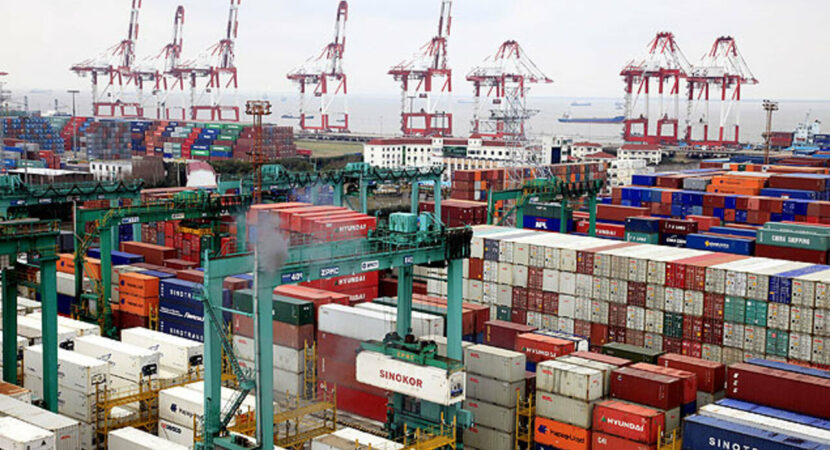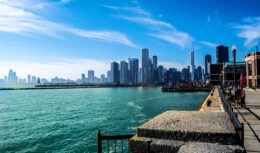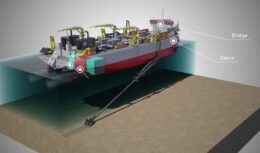
China-Brazil freight soars and should make products imported to Brazilians more expensive
In 2020, China became Brazil's first trading partner to surpass the historic mark of a trade chain in freight products (export + import) exceeding US$ 100 billion. There were exactly US$ 101.728 billion traded by the two countries. Brazilian exports reached an equally record figure of US$ 67.685 billion and imports totaled US$ 34.042 billion. The data are from the Foreign Trade Secretariat (secex) of the Ministry of Economy.
Read also
- Vale, Suzano, Imetame, Estaleiro Jurong and ArcelorMittal have job opportunities for Espírito Santo
- In Canada, Québec International initiates employment opportunities for Brazilians, with the aim of filling vacancies in specific areas
- Mechanical technician, electrician and scale technician can apply for jobs at Rumo Logística, this 08th
Products on the China container route will see an increase
Clothes, electronic equipment, tires and all products brought by containers from countries like China, Korea and Japan will suffer the direct impacts of this readjustment, which should start to be more noticeable now in early 2021, as landings take place, already with the strong increase in freight.
Indirectly, the surge in freight rates should affect all goods sold in Brazil, assesses the president of the Brazilian Association of Tire Importers and Distributors (Abidip) Ricardo Alípio da Costa. He points out that tires, even those manufactured in Brazil, depend on imported raw materials such as steel.
“All the internal logistics of inputs, food, medicines and products in general in Brazil is done by trucks. Tires are the third most expensive item in the maintenance cost of a truck, therefore, the increase in their price has a great impact on the total cost of internal goods transport”, said Alípio.
supply and demand
At the largest port in Brazil, responsible for around 30% of the country's container handling, the Port of Santos, there is no such significant increase in the second half of the year that could link the surge in freight with excess demand. According to data released by the terminal itself, in October the movement of containers was only 0,2% higher than the same month in 2019.
repeated practice
A similar movement in freight prices, but over a longer period of time, occurred between October 2015 and December 2017. As widely reported at the time, shipowners deliberately halved navigation services between Asia and Brazil, which increased by six times the cost of freight and made the route the most expensive in the world.










If Brazil did this it would be a crime…
With each passing day I have…
And where is marine biodiversity?…
I hope it sells quickly...
How embarrassing! Before writing any article,…
TO COMPLETE THESE THEY PUT GENERAL WATERMELON🍉 TOMÁS…
Approved. Where to find? What is the estimated price?…
WHAT A DISSERVICE! The solution to waste…